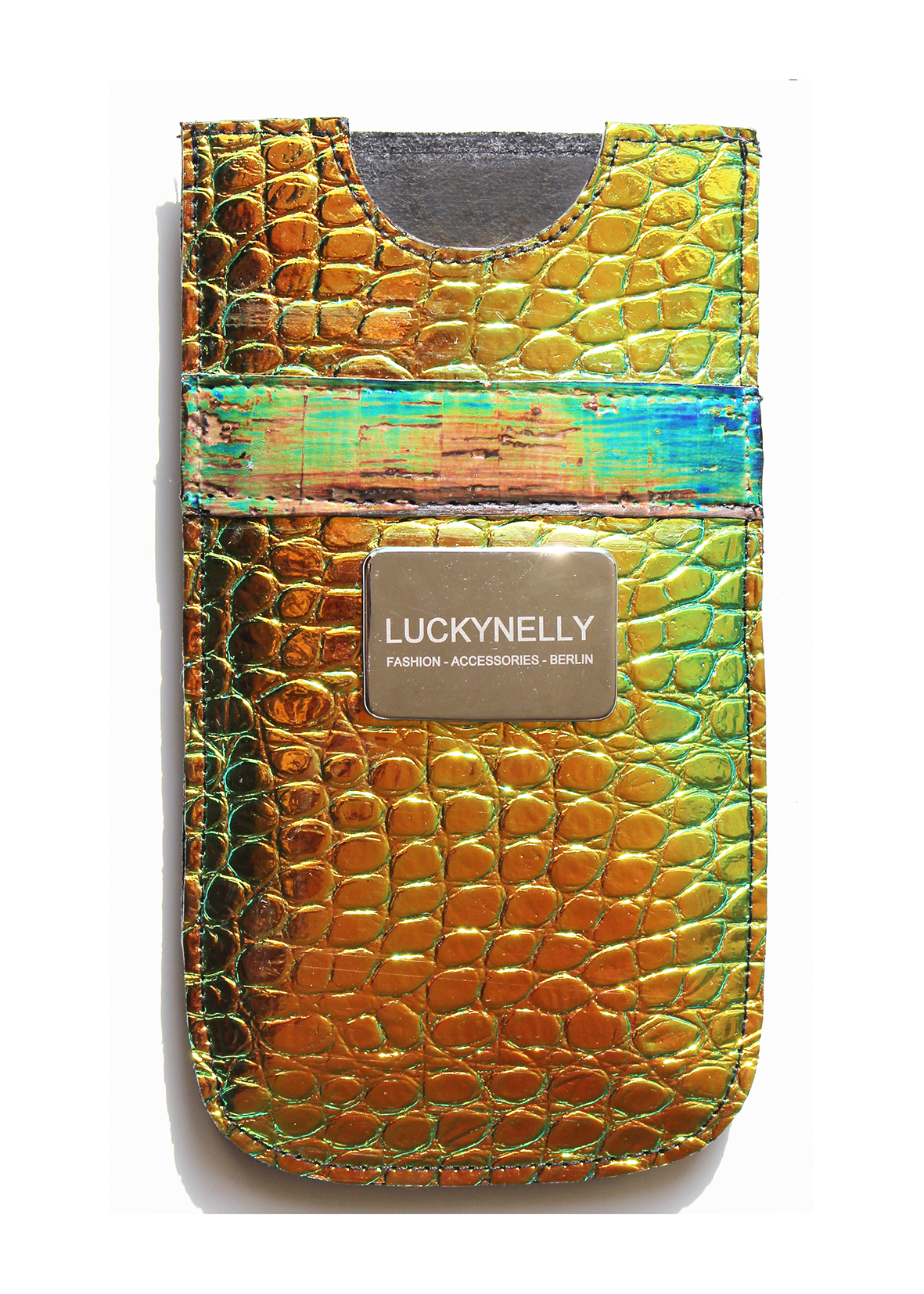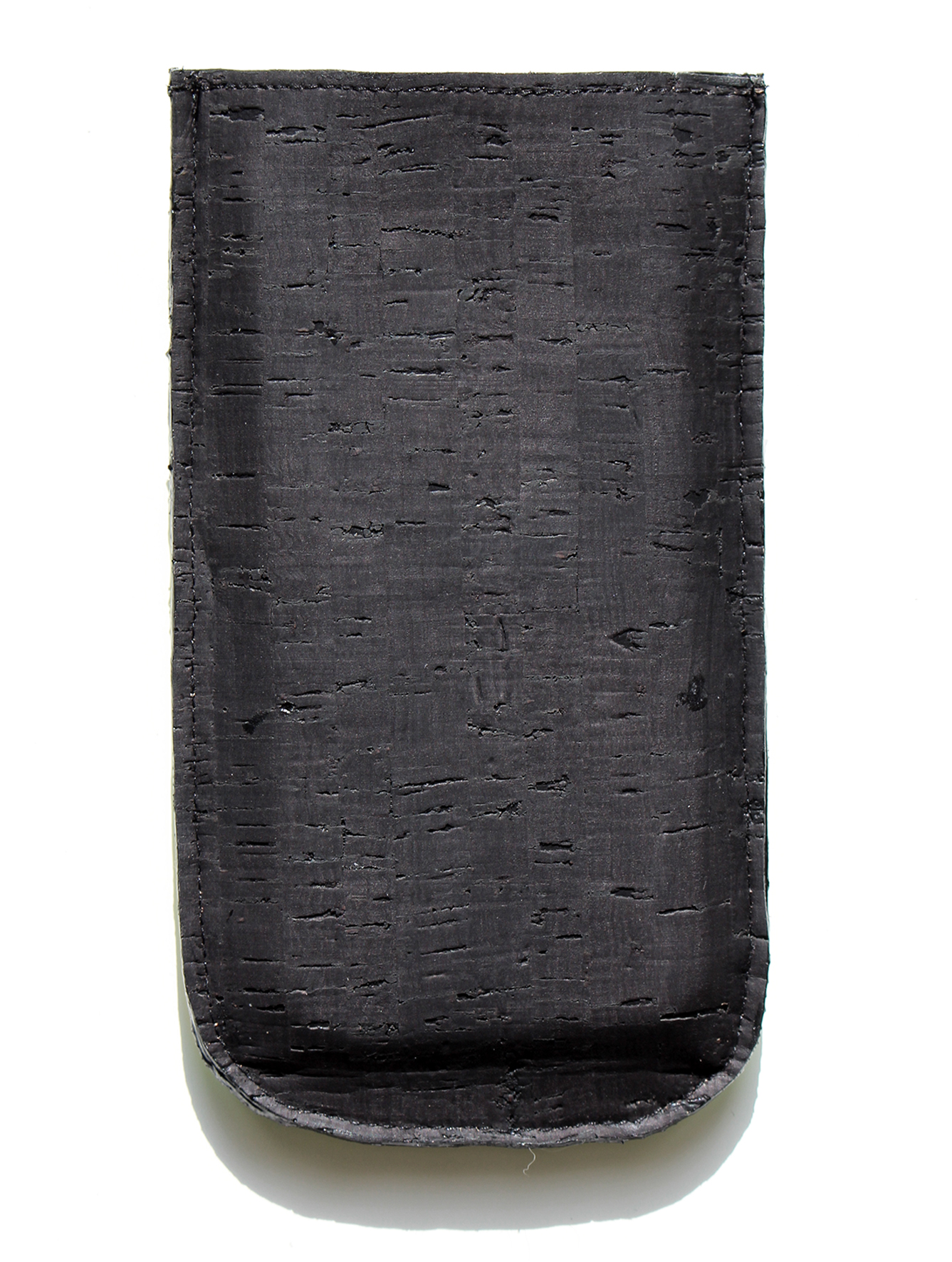Thread CEO Ian Rosenberger.
Words: Kyra Hanson
Imagine unfolding your towel, spreading your body out in the searing sun, listening to the sea waves lapping against the shoreline, sinking your toes into the silky sand – only to find the grains beneath your feet aren’t silky or the colour of sand, but sharp, angular, brightly coloured bits of plastic. These days, a barefoot walk along a beach such as Newquay’s Tregantle Cove is more like hot-footing it through a football pitch-sized box of Lego. Plastic beaches are a common sight around the world, due to the eight million (at least!) tonnes of plastic, which end up in our oceans every year. But in Haiti and Honduras, Thread International is diverting this waste from the waterways, by turning it into wearable fabric. This spring, the sustainable fabric manufacturer has collaborated with outdoors fashion brand Timberland to launch ThreadX, a menswear collection made from recycled plastic.
Savant caught up with Ian Rosenberger, founder and CEO of Thread and Margaret Morey-Reuner, Director of strategic partnerships, business development and values marketing with Timberland to trace the origins of the ThreadX collection.
Photography: Taylor Free Solo
How did the idea for Thread come about?
IR: I went to Haiti in 2010. My original mission was to document the aftermath of the devastating earthquake. While looking through the 3,000+ photos I took, I noticed they all had two elements in common: piles of trash and poverty in abundance. I remember writing in my journal: “if Haiti could turn trash into money = good.” Once home, I quite literally Googled: “What can you make out of trash?”. I discovered you can make fabric out of plastic waste, and the idea for Thread was born.
Bales at ECSSA.
Collector picking up a bottle of the streets of Les Cayes.
Can you describe your first impressions of Haiti?
IR: I fell in love with Haiti and its people. After talking to Haitians and asking them what they really needed, I found the answer to be what we all fundamentally want – a roof over our heads and a way to give our kids a better life than we had. I was convinced an effective solution would require not just charity, but a money-making enterprise, creating real jobs for the Haitian people, returning the dignity, autonomy and purpose, which the earthquake had stripped away.
Plastic flakes.
Can you talk us through the manufacturing process of the new Timberland collection?
IR: The process of going from ‘bottle to boot’ begins in Haiti, where more than 1,300 locals collect the plastic bottles that are ultimately developed into Thread fabric. The collectors sell these bottles to 50 Haitian-owned and operated collection centres. The centre owners and individual collectors transport and sell the sorted plastic to Haiti Recycling and Environmental Cleaning Solutions S.A. in Port-au-Prince. At Haiti Recycling, the production line washes and shreds the bottles into a raw material called ‘flake’, which is then sent to US-based factories that melt and shape the flake into a fibre, which is then woven into fabric.
"Once home, I quite literally Googled: “What can you make out of trash?”"
Bales of plastic.
Timberland purchases the high-quality fabric from us and turns it into durable bags and boots – culminating in the Timberland X Thread collection. Every yard of Thread’s Ground to Good™ fabric supports a network of dignified jobs in the developing world, creating income opportunities, and cleaning up Haiti’s neighbourhoods. It’s one thing to recycle but it’s another to have a lasting impact on people’s lives while you’re creating beautiful products.
Andre Benoit Dulisson and Marie Josette Alexis.
Andre Benoit Dulisson.
Kids play soccer at dusk.
Can you describe the thinking behind the design and look of the collection and who would wear it?
MM: The Timberland X Thread collection utilizes lived-in fabrics for a comfortable look that our consumers enjoy. The city blazer, for example, speaks to a few current trends. Its natural earth tones and deconstructed silhouette are inspired by military uniforms and time-honoured suiting. Our boots are reimagined for year-round appeal and to suit today’s city lifestyle. In this collection the rugged canvas textures, washed leather touches and relaxed tailoring convey the perfect combination of tough-yet-lightweight durability that is unmistakably Timberland.
Our brand – from classics to newer collections – has gained popularity among a diverse cross-section of men and women. The commonality is that they all appreciate our heritage, style and versatility. Most often, that person is someone who is connected to the outdoors, but in a more casual, everyday way. They care about the outdoors, but they also care about style. In other words, this person is a city dweller who goes for a casual afternoon hike or someone who leaves their house in the morning not knowing if they’re going to spend their afternoon at the park or at the movies. Timberland allows consumers to look and feel their best, from head-to-toe, for any adventure ahead.
Timberland x Thread.
It has been highlighted how plastic fibres (recycled or not) still ultimately end up in our oceans as they break away from our garments when put through a washing machine. What is Thread doing to solve this issue?
IR: We are keenly aware of the issue of microfibers being released back into our oceans and believe more research and inter-organisational collaboration is needed to develop long-term global solutions. Thread chooses to partner with companies, like Timberland, that are committed to finding sustainable solutions to issues like this.
Uncollected plastic - particularly in coastal areas - is most likely to be washed out to sea. That’s an estimated eight million tons of plastic entering the ocean every year. In Haiti and Honduras, the lack of proper trash disposal and an abundance of waste are the root of many health and environmental problems. In Haiti, most plastics that are collected are eventually burned, releasing harmful toxins into the atmosphere. Thread continues to work to clean the streets of Haiti and Honduras by collecting and recycling trash. And, more importantly, we are creating dignified jobs for the people who live there, enabling them to improve their quality of life and provide for their families.
"I was convinced an effective solution would require not just charity, but a money-making enterprise, creating real jobs for the Haitian people, returning the dignity, autonomy and purpose, which the earthquake had stripped away."
Delivery truck with super sacks of plastic.
Both Will.I.AM’s ‘Ekocycle’ collection at Harrods and Pharrell Williams ‘Raw for the Oceans’ campaign with Adidas are steps in the right direction, but one barrier to the democratisation of sustainable fashion practices always seems to be price. Buying sustainably will never beat Primark prices so can we ever envisage a time when sustainable, transparent fashion is the norm?
MM: I dream of the day when that becomes the case! But there certainly are some challenges the industry as a whole will need to address, including scalability to help bring pricing down, before it can become a reality. It’s exciting to see so many different companies, brands and organisations coming up with innovative solutions to tackle both environmental and social issues. In fact, since 2009, Timberland has given more than 270 million plastic bottles new life in its footwear. And it’s exciting to see the consumer demanding more transparency and accountability in the products they are buying.
Positive role models, such as the pop singers above are one way of encouraging people, and men in particular, into buying sustainably. When did you personally start thinking about where your clothes came from?
IR: Haha. If you saw my own wardrobe you'd laugh. Since I was a kid, I've taken the ‘less is more’ approach. I grew up on a farm in Pennsylvania, so clothes were worn for pure function. As an adult, that translates into the things I like: classic lines and patterns. I don't chase trends, but originally this wasn't because I was trying to be responsible, it was because I'd only own maybe six shirts at a time (which is definitely still the case). I really love thinking about how this idea might translate into the next apparel economy. What if we could have access to all the clothes we needed, and all we needed was six shirts?
What has been the most challenging aspect of Thread’s journey so far?
IR: The biggest challenge for Thread right now is making sure that our end-product is cost competitive with the fabrics or yarns that these brands are already using.
"What if we could have access to all the clothes we needed, and all we needed was six shirts?"
How do you envision the future of sustainable fashion and Thread’s place within it?
IR: Thread aims to be the catalyst for positive change in the fashion industry, improving the economic, social and environmental impacts of making clothes to end poverty. Consumers don’t identify with a bottle, but they do empathise with the people who make the clothes they wear.
When Thread succeeds, it changes the way the apparel industry buys the materials it needs to make clothes. By focusing on goods rather than convenience, brands understand that there’s intrinsic value to the product they are making and the consumer is buying. This is the future of fashion. Thread’s goal is to work with 25 of the largest apparel and footwear brands in the world within the next two years. Timberland has been an excellent inaugural brand partner; stay tuned for future collaborations!
Shop the collection here.



































